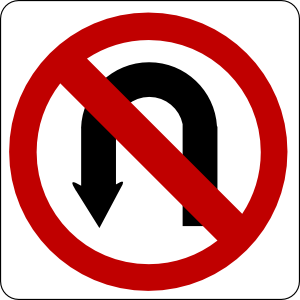Still Waters
New Member
To syn: Yes, ridership is up on St. Clair and growing. Additional off-peak service was added earlier this year. Probably need to add more service, but the lack of availability of vehicles is a peak period constraint, and budget is a problem for all service additions. As a street for motorists, St. Clair is no different now than most urban arterials with two traffic lanes in each direction, except that it has left turn lanes at all signals, which most (like Queen, Dundas etc) don't. During the off-peak times, the on-street parking takes up the curb lane in each direction, but that is also similar to most other non-suburban arterials. Before the ROW, the extra lane in each direction on St. Clair was often blocked by delivery vehicles or cars double-parked (illegally), so it didn't actually contribute as much to the operational capacity of the road as everyone thinks.
The critics of the ROW always focused on changes to travel time as the main benefit, and used this a basis to justify their position that a "few minutes" saving is not worth all the trouble. The TTC's contention was always that reliability was the more important benefit, with decreased travel time being a secondary benefit. More riders, fewer delays, significantly fewer short-turns, faster trips, better cost efficiency -- the ROW has achieved everything that it was intended to do.
As for the cost, let's remember that the $106 million final cost included many things that were actually not related to the transit project itself, such as hydro undergrounding, sewer and water main replacements etc. The specific, transit-related costs were somewhere around $60 million, so the service-related benefits should be looked at in the context of that number, not the total project cost of $106 million, and certainly not in the context of some made-up fantasy number ($400 million? sheesh!) quoted by ROW critics for whom the truth is an inconvenience.
St. Clair is already a success, and it will only get better. There are just some people who are too stubborn and closed-minded to admit that they were wrong about the "pinko" streetcar project. Beyond pointing out the facts, I don't waste my time with them.
The critics of the ROW always focused on changes to travel time as the main benefit, and used this a basis to justify their position that a "few minutes" saving is not worth all the trouble. The TTC's contention was always that reliability was the more important benefit, with decreased travel time being a secondary benefit. More riders, fewer delays, significantly fewer short-turns, faster trips, better cost efficiency -- the ROW has achieved everything that it was intended to do.
As for the cost, let's remember that the $106 million final cost included many things that were actually not related to the transit project itself, such as hydro undergrounding, sewer and water main replacements etc. The specific, transit-related costs were somewhere around $60 million, so the service-related benefits should be looked at in the context of that number, not the total project cost of $106 million, and certainly not in the context of some made-up fantasy number ($400 million? sheesh!) quoted by ROW critics for whom the truth is an inconvenience.
St. Clair is already a success, and it will only get better. There are just some people who are too stubborn and closed-minded to admit that they were wrong about the "pinko" streetcar project. Beyond pointing out the facts, I don't waste my time with them.






